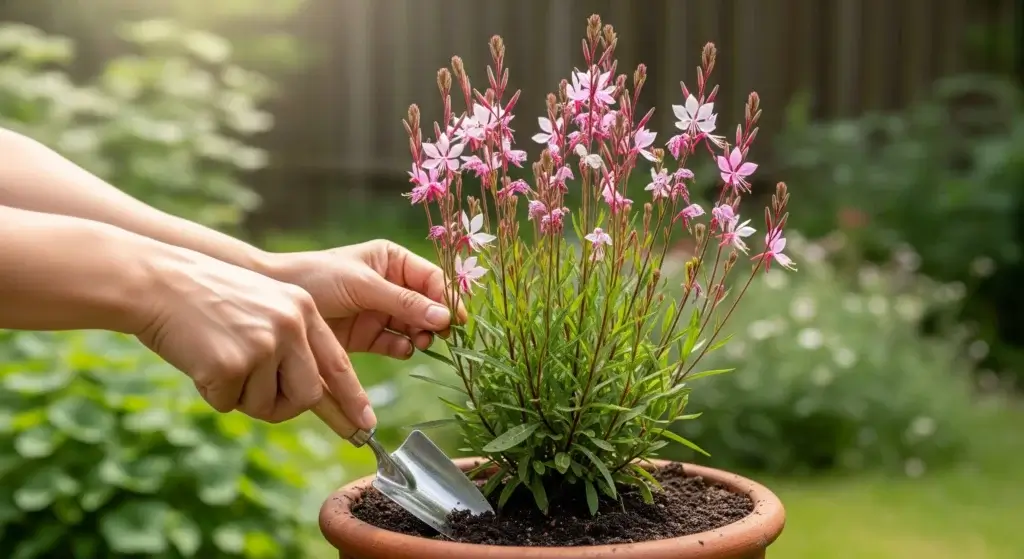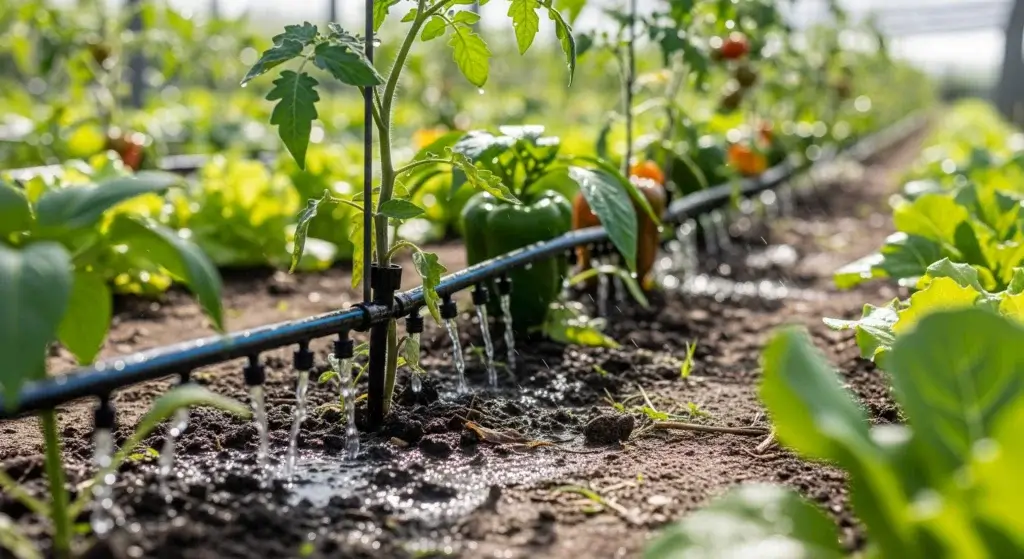
Cabbage is a popular vegetable that can be enjoyed in various dishes, from salads to stir-fries.
To ensure a bountiful cabbage harvest, it’s essential to provide the right soil conditions for healthy growth.
In this blog post, we’ll explore the importance of soil conditions for cabbage, the ideal soil types, and how to prepare your soil for optimal growth.
Importance of Soil Conditions for Healthy Cabbage Growth
Healthy cabbage growth hinges on the quality of the soil it’s planted in.
The right soil provides essential nutrients, proper drainage, and structural support for the plant to flourish.
Conversely, subpar soil conditions can stunt growth, cause nutrient deficiencies, and make the plant more susceptible to diseases.
Therefore, ensuring optimal soil conditions is crucial for cultivating thriving cabbage plants.
- Read also: A Comprehensive Guide on How to Use Soil Conditioner
- Read also: Topsoil vs. Garden Soil: Understanding the Difference
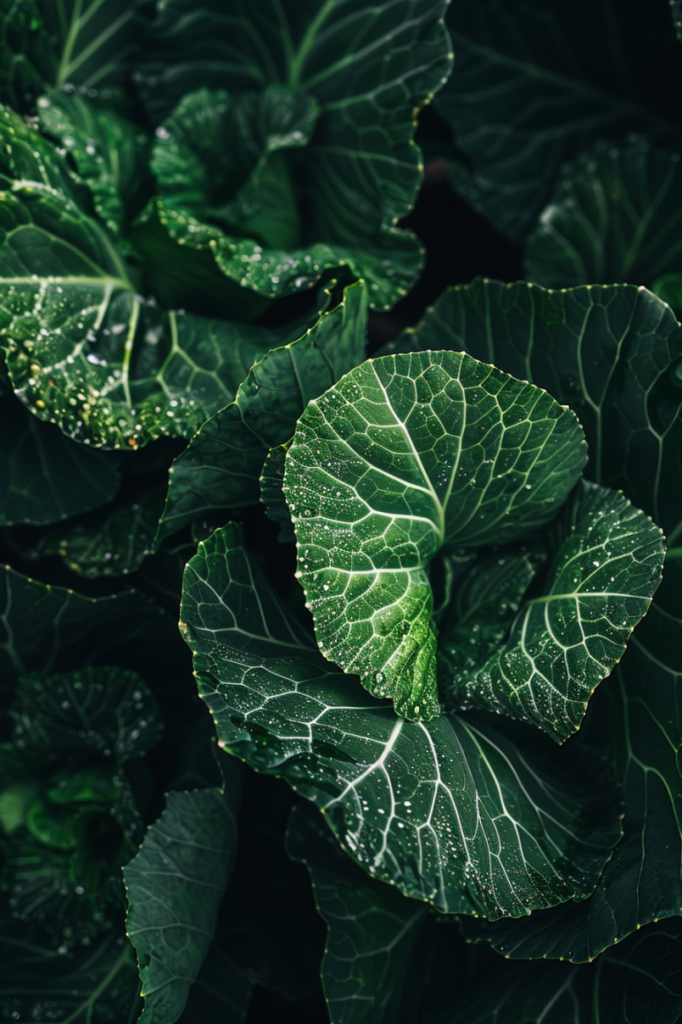
The Ideal Soil for Cabbage
To ensure optimal growth, cabbage requires specific soil conditions. Here’s what you need to know:
Soil texture
Cabbage thrives in loose, well-draining soil.
This type of soil prevents waterlogging, which can lead to root rot—an issue that stunts growth.
The ideal soil textures for cabbage are loam or sandy loam.
These textures offer excellent drainage and allow for proper aeration, promoting healthy root development.
Soil pH
Cabbage prefers slightly acidic soil, ideally with a pH ranging from 6.0 to 7.0.
Soil pH plays a crucial role in nutrient uptake by the plant. Generally, acidic soils (with a pH below 7.0) tend to be more nutrient-rich.
To adjust soil pH, you can use lime to raise it or sulfur to lower it, ensuring that the soil provides the ideal conditions for cabbage growth.
Soil Nutrients for Thriving Cabbage
For cabbage to thrive, it needs essential nutrients provided by the soil.
Here’s a breakdown of the key nutrients and their roles:
Nitrogen (N)
Nitrogen is crucial for promoting lush, leafy growth in cabbage plants.
A deficiency in nitrogen can manifest as yellowing leaves, indicating that the plant isn’t getting enough of this vital nutrient.
To ensure cabbage gets an adequate supply of nitrogen, both organic and inorganic sources can be used.
Organic sources include compost, aged manure, and green manure, which gradually release nitrogen as they decompose.
Inorganic sources, such as ammonium nitrate and potassium nitrate, provide a more immediate boost of nitrogen to support healthy growth.
Phosphorus (P)
Phosphorus plays a key role in promoting root development and supporting early growth stages in cabbage plants.
A deficiency in phosphorus can lead to stunted growth and poor overall plant vigor.
To supplement phosphorus levels in the soil, various organic and inorganic sources can be utilized.
Organic options like bone meal, rock phosphate, and compost slowly release phosphorus over time, providing a sustained source of this nutrient.
Inorganic sources such as superphosphate and triple superphosphate offer a more concentrated and readily available form of phosphorus to support cabbage growth during critical stages of development.
Potassium (K)
Potassium is essential for strengthening plant cell walls and enhancing disease resistance in cabbage plants.
A deficiency in potassium can result in weak stems and increased susceptibility to leaf scorch and other stress-related issues.
To ensure cabbage plants receive an ample supply of potassium, both organic and inorganic sources can be incorporated into the soil.
Organic sources like wood ashes, compost, and greensand gradually release potassium into the soil as they break down.
Inorganic sources such as potassium chloride and potassium sulfate provide a quick and direct source of potassium to support overall plant health and resilience.
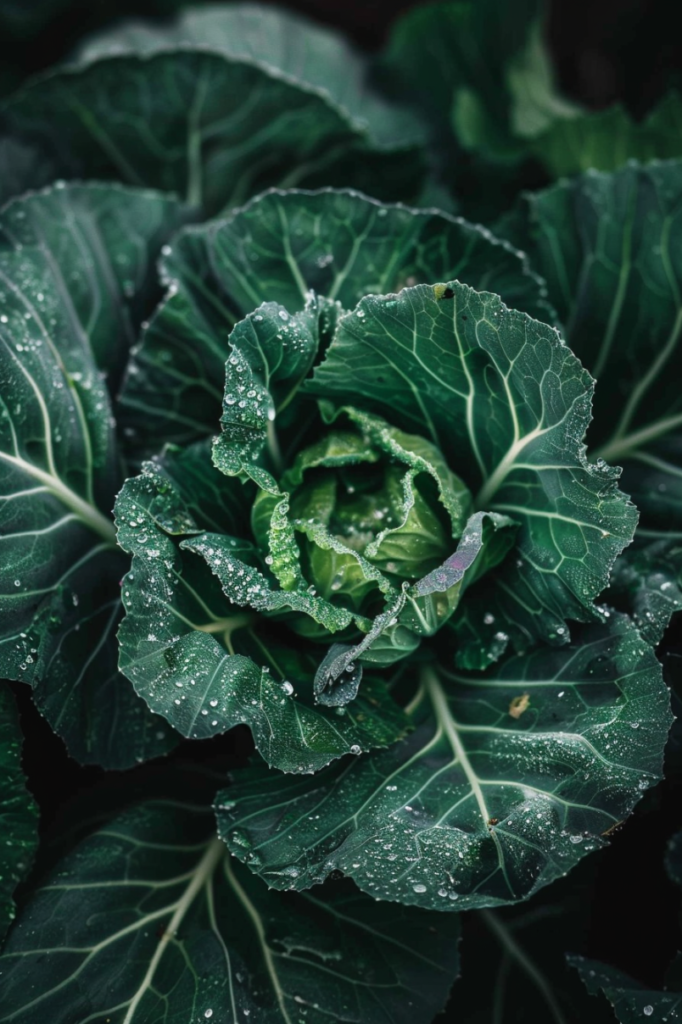
Preparing Your Soil for Cabbage
Preparing your soil properly is crucial for successful cabbage cultivation. Here’s how to get started:
Importance of a soil test
Before planting cabbage, it’s essential to conduct a soil test.
This test helps determine the specific nutrient needs of your soil, ensuring that you provide the ideal conditions for cabbage growth.
By analyzing the soil’s pH levels and nutrient content, you can make informed decisions about soil amendments and fertilization.
Amending the soil
Based on the results of your soil test, you may need to amend your soil to improve its fertility and drainage.
Adding organic matter such as compost or aged manure can enrich the soil with essential nutrients, improve soil structure, and enhance water retention.
Organic fertilizers are another option for boosting soil fertility while promoting long-term soil health.
If your soil test indicates a need for adjusting pH levels, you can add lime to raise the pH or sulfur to lower it.
Proper pH levels are crucial for optimizing nutrient availability to cabbage plants and preventing nutrient deficiencies or imbalances.
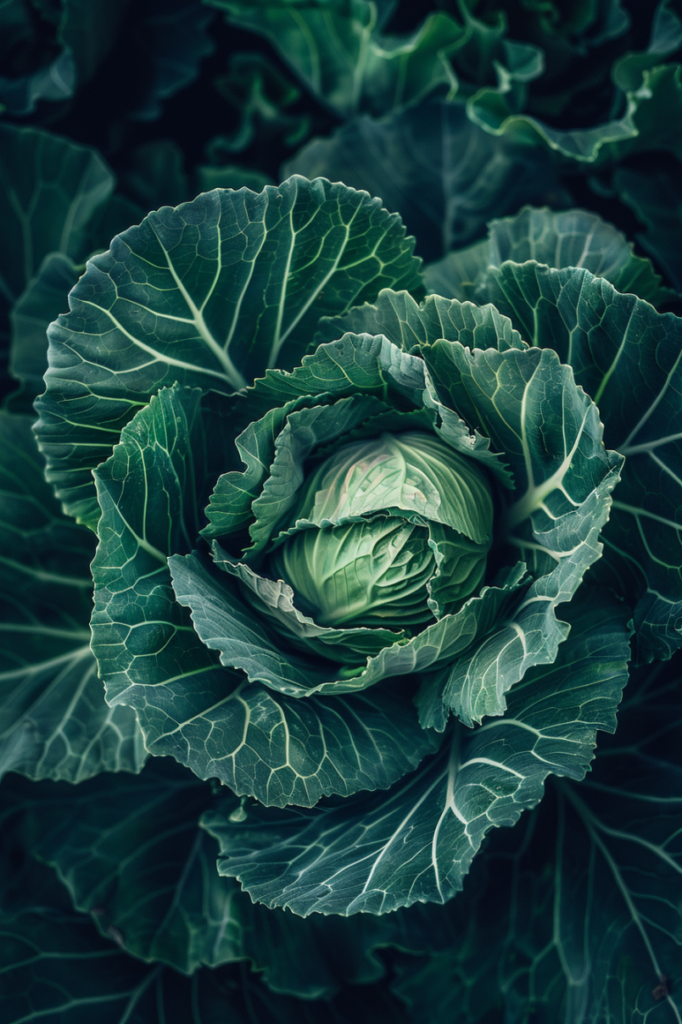
- Read also: Unveiling the Earthly Truth: Potting Mix vs. Garden Soil
- Read also: Natural Pest Control Methods for Your Vegetable Garden
Conclusion
Providing the right soil conditions is essential for healthy cabbage growth.
By understanding the ideal soil texture, pH, and nutrient requirements, you can create a thriving environment for your cabbage plants.
Regular soil testing and amending as needed will help ensure your cabbage harvest is bountiful and delicious.

